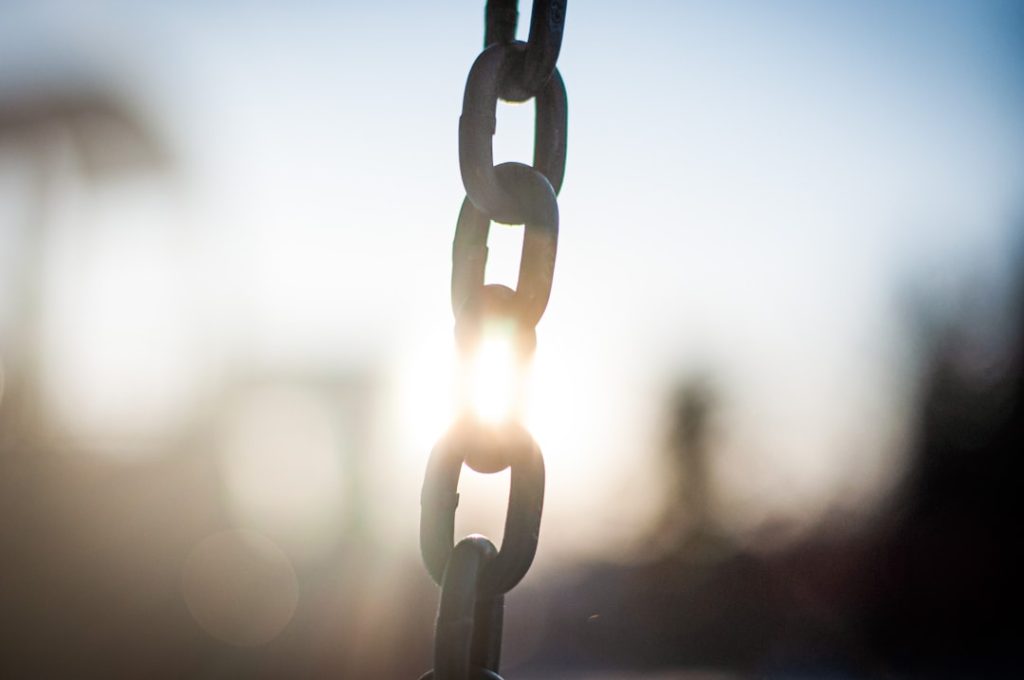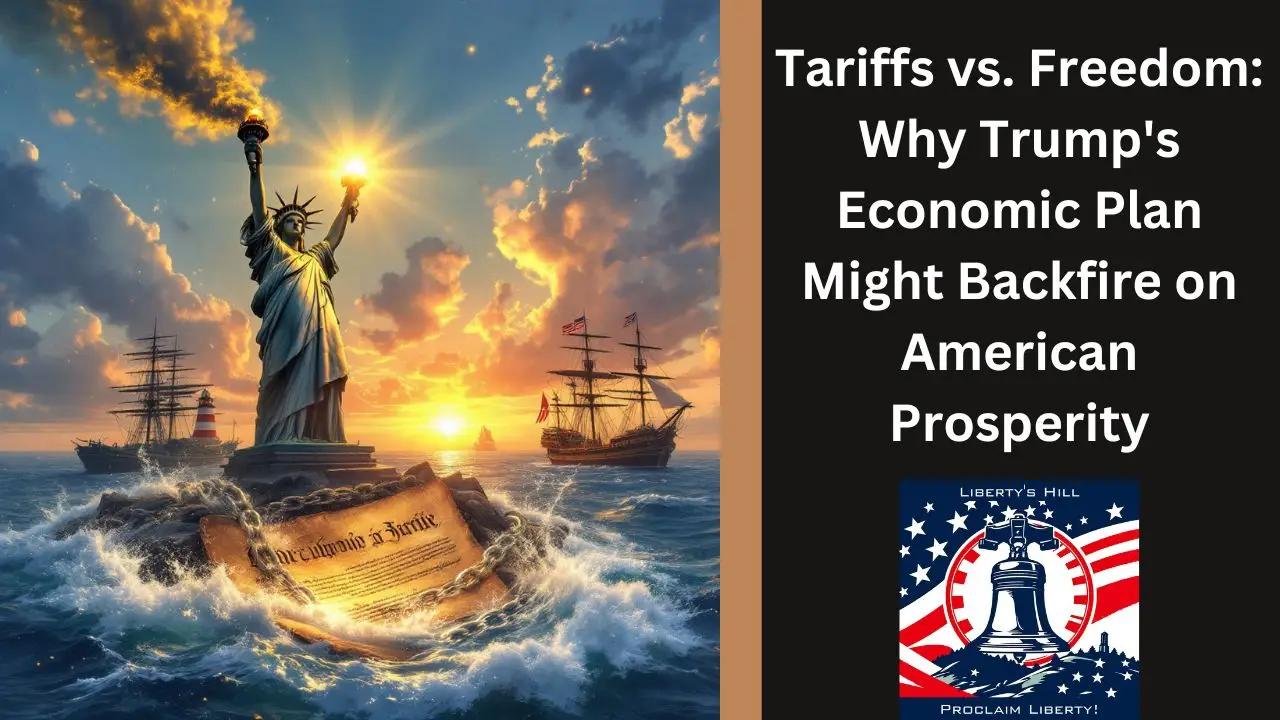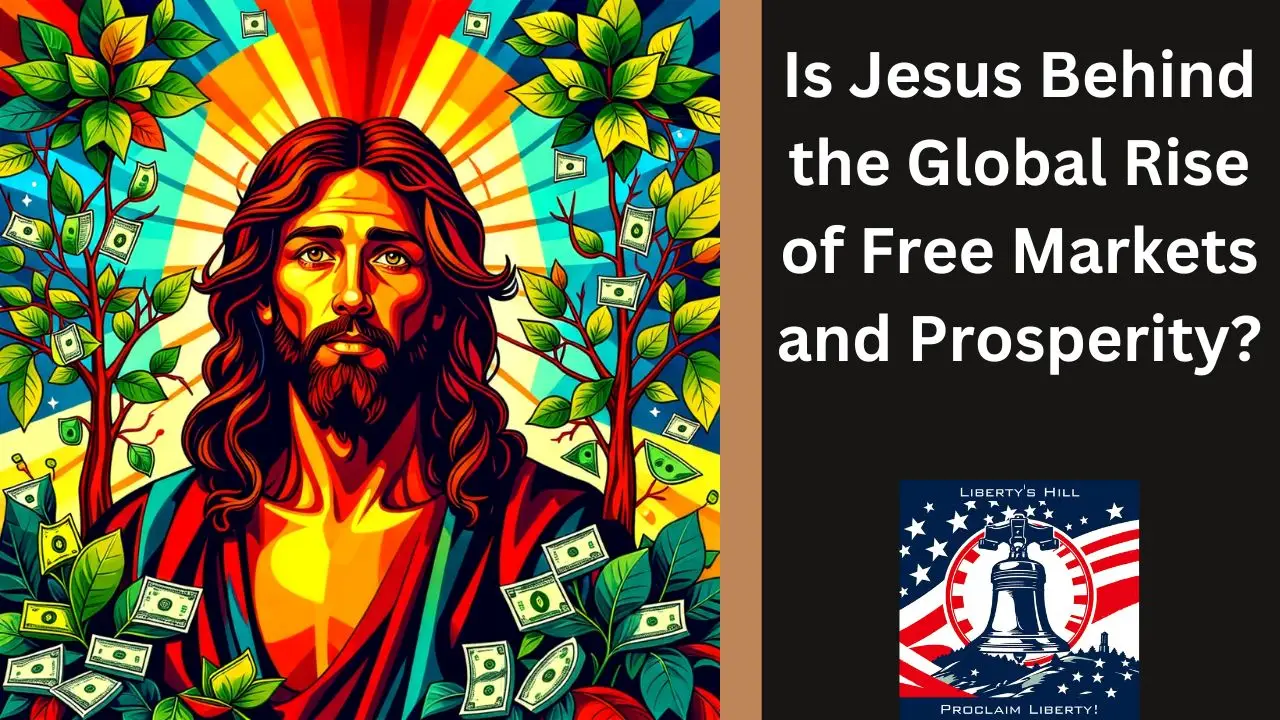Fear is a primal emotion that has evolved over millennia, serving as a survival mechanism that alerts individuals to potential threats. However, in contemporary society, fear often transcends its biological roots, morphing into a psychological construct that can significantly impact personal freedom and societal dynamics. The psychological underpinnings of fear reveal how it can distort perceptions, leading individuals to make choices that may compromise their autonomy.
When faced with fear, the brain activates the amygdala, triggering a fight-or-flight response that can cloud rational judgment. This response can lead to an overwhelming desire for safety and security, often at the expense of freedom. Moreover, fear can create a cycle of dependency on external authorities for protection.
Individuals may willingly surrender their freedoms in exchange for the promise of safety, a phenomenon that can be observed in various contexts, from personal relationships to national governance. This psychological manipulation is particularly potent in times of crisis, where the urgency of fear can overshadow critical thinking and informed decision-making. As people become more reliant on external sources for reassurance, they may inadvertently relinquish their agency, allowing fear to dictate their choices and behaviors.
Key Takeaways
- Fear can have a significant impact on individual freedom, leading to limitations in choices and behaviors.
- Media and propaganda play a crucial role in fostering fear, which can be used as a tool of control by governments and institutions.
- Fear can lead to prejudice, discrimination, and inequality, affecting the fabric of society.
- Empowering individuals and communities with strategies to overcome fear is essential for promoting freedom and equality.
- Fear can threaten the principles of a free society and democracy, highlighting the need to build a culture of courage to promote freedom in the face of fear.
The Role of Media and Propaganda in Fostering Fear
The media plays a pivotal role in shaping public perception and can be a powerful vehicle for instilling fear. Through sensationalized reporting and the amplification of threats—real or perceived—media outlets can create an environment where fear becomes a dominant narrative. For instance, news coverage of violent crime or terrorism often emphasizes the dangers without providing context or statistical realities, leading to heightened anxiety among the populace.
This fear-driven narrative can skew public perception, making individuals feel more vulnerable than they actually are and prompting calls for increased security measures that may infringe upon civil liberties. Propaganda further exacerbates this phenomenon by deliberately crafting messages designed to evoke fear. Governments and organizations may utilize propaganda to manipulate public sentiment, framing certain groups or ideologies as threats to societal stability.
Historical examples abound, such as during the Cold War when the fear of communism was propagated through various media channels, leading to widespread paranoia and the erosion of civil rights in the name of national security. The strategic use of fear in propaganda not only influences individual behavior but also shapes collective attitudes, fostering an environment where freedom is often sacrificed for the illusion of safety.
Fear as a Tool of Control: How Governments and Institutions Use Fear to Undermine Freedom

Governments and institutions have long recognized the utility of fear as a mechanism for control. By instilling fear within the populace, authorities can justify the implementation of policies that curtail freedoms under the guise of maintaining order and security. This tactic is evident in various historical contexts, such as during times of war or civil unrest when governments may enact emergency measures that limit civil liberties.
The Patriot Act in the United States post-9/11 serves as a contemporary example; it expanded surveillance capabilities and curtailed privacy rights in response to perceived threats, illustrating how fear can be leveraged to undermine individual freedoms. Moreover, fear can be used to create an atmosphere of compliance among citizens. When individuals are made to believe that their safety is at risk, they are more likely to accept restrictions on their freedoms without question.
This dynamic is particularly evident in authoritarian regimes, where dissent is often quelled through fear tactics such as censorship, surveillance, and intimidation. By fostering an environment where citizens are afraid to speak out or challenge authority, these regimes effectively stifle opposition and maintain control over the populace.
The Link Between Fear and Prejudice: How Fear Can Lead to Discrimination and Inequality
Fear is not only a personal experience but also a collective one that can manifest in societal prejudices and discrimination. When individuals perceive certain groups as threats—whether due to race, religion, or nationality—their fears can lead to harmful stereotypes and discriminatory practices. This phenomenon is often exacerbated by media portrayals that reinforce negative narratives about marginalized communities.
For example, during economic downturns or social unrest, minority groups may be scapegoated as the source of societal problems, leading to increased prejudice and violence against them. The psychological mechanism behind this link between fear and prejudice is rooted in the desire for safety and belonging. When faced with uncertainty, individuals may gravitate towards familiar groups while viewing outsiders with suspicion.
This instinctual response can lead to social fragmentation and inequality, as those who are different are marginalized or excluded from opportunities. The consequences of such discrimination are profound, perpetuating cycles of disadvantage that hinder social cohesion and undermine the principles of equality and justice.
Overcoming Fear: Strategies for Empowering Individuals and Communities
Addressing the pervasive influence of fear requires intentional strategies aimed at empowering individuals and communities. Education plays a crucial role in this process; by fostering critical thinking skills and promoting media literacy, individuals can learn to discern between genuine threats and exaggerated fears propagated by media or political rhetoric. Educational initiatives that encourage open dialogue about fears and anxieties can also help demystify these emotions, allowing individuals to confront their fears rather than succumb to them.
Community-building efforts are equally important in overcoming fear. By fostering connections among diverse groups, communities can create environments where individuals feel safe to express their concerns and share their experiences. Initiatives such as community forums or workshops focused on conflict resolution can help bridge divides and reduce prejudices fueled by fear.
Additionally, promoting narratives of resilience and courage can inspire individuals to confront their fears collectively rather than retreating into isolation or hostility.
Fear and Personal Freedom: How Fear Can Limit Individual Choices and Behaviors

Fear has a profound impact on personal freedom, often constraining individual choices and behaviors in significant ways. When individuals are paralyzed by fear—whether it be fear of failure, rejection, or societal judgment—they may avoid taking risks or pursuing opportunities that could enhance their lives. This self-imposed limitation can lead to stagnation and unfulfilled potential, as individuals opt for safety over exploration.
For instance, someone may choose not to pursue a career change due to fear of financial instability or social disapproval, thereby sacrificing personal fulfillment for perceived security. Moreover, fear can manifest in everyday behaviors that restrict freedom. Individuals may avoid certain places or activities due to anxiety about potential dangers, leading to a diminished quality of life.
This phenomenon is particularly evident in urban environments where crime rates are sensationalized; residents may feel compelled to stay indoors or limit their interactions with others out of fear. Such behaviors not only curtail personal freedom but also contribute to a culture of isolation and mistrust within communities.
The Intersection of Fear and Democracy: How Fear Can Threaten the Principles of a Free Society
In democratic societies, fear poses a unique threat to the foundational principles of freedom and equality. When citizens are governed by fear—whether from external threats or internal divisions—their ability to engage in democratic processes diminishes significantly. Fear can lead to apathy among voters who feel overwhelmed by perceived dangers or disillusioned by political discourse dominated by fear-mongering tactics.
This disengagement undermines the democratic process, as it allows those in power to manipulate public sentiment without accountability. Furthermore, fear can erode civil liberties essential for a functioning democracy. In times of crisis, governments may enact measures that infringe upon individual rights under the pretext of protecting national security or public safety.
The erosion of these rights often occurs gradually; what begins as temporary restrictions can become normalized over time, leading to a culture where dissent is stifled and freedoms are curtailed. The challenge lies in maintaining vigilance against such encroachments while fostering an informed citizenry capable of resisting fear-driven narratives.
Building a Culture of Courage: Promoting Freedom in the Face of Fear
To counteract the pervasive influence of fear on freedom, it is essential to cultivate a culture of courage within society. This involves encouraging individuals to confront their fears head-on rather than allowing them to dictate their choices. Initiatives that celebrate acts of bravery—whether through storytelling, art, or community recognition—can inspire others to embrace courage in their own lives.
By highlighting examples of individuals who have overcome adversity or challenged oppressive systems, society can foster an environment where courage is valued over compliance. Moreover, promoting open dialogue about fears and anxieties can help dismantle the stigma surrounding vulnerability. Creating safe spaces for individuals to share their experiences fosters empathy and understanding while reinforcing the idea that fear is a shared human experience rather than an isolating one.
By normalizing discussions about fear and resilience, communities can empower individuals to take action against injustices while reclaiming their freedoms from the grip of fear. In conclusion, understanding the multifaceted nature of fear reveals its profound impact on personal freedom and societal dynamics. By recognizing how fear is manipulated by media, governments, and institutions—and how it intersects with prejudice—we can develop strategies for overcoming its constraints.
Building a culture of courage requires collective effort but holds the promise of empowering individuals and communities to reclaim their freedoms in an increasingly fearful world.


